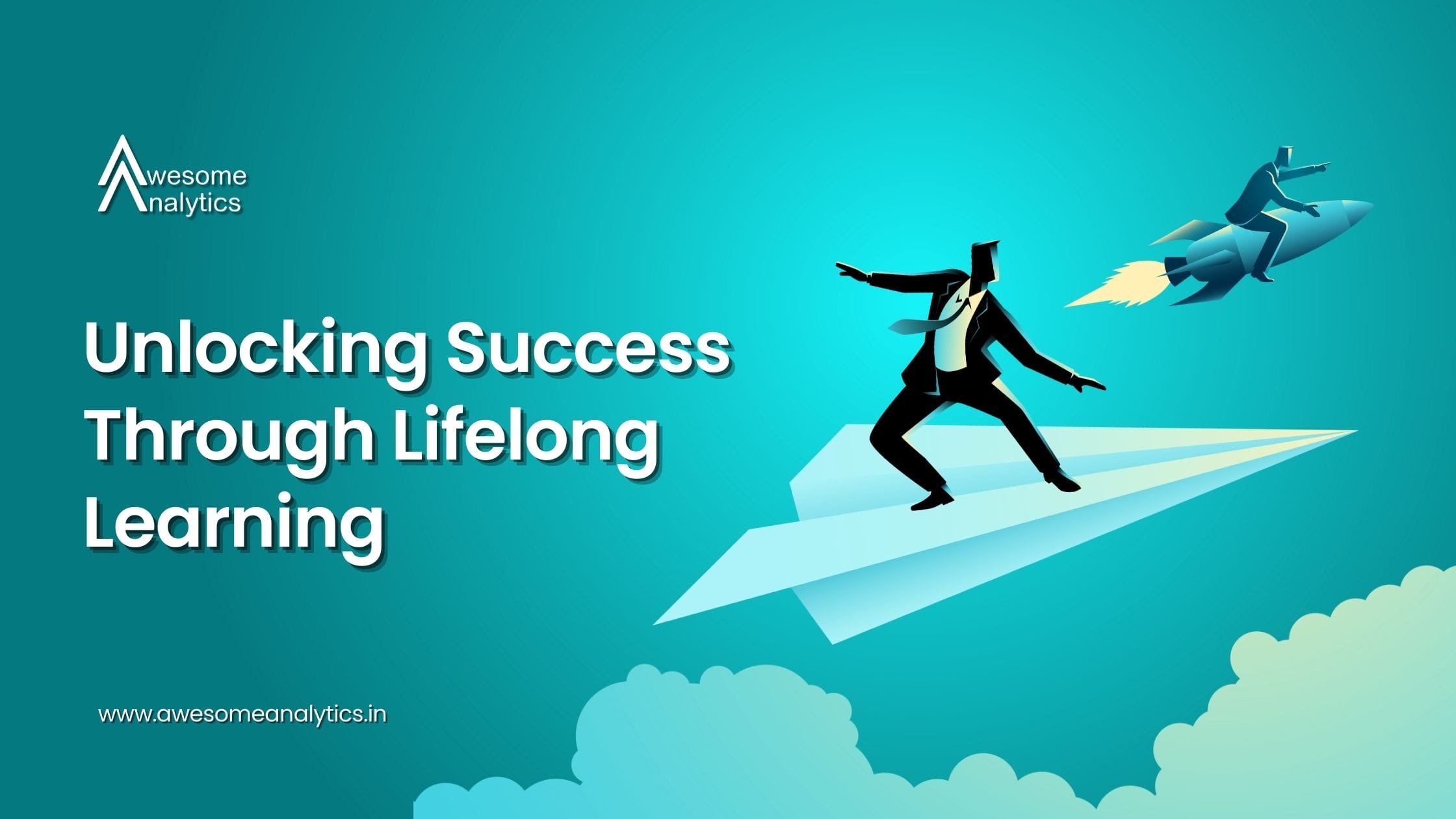What is Continuous Learning?
Continuous learning, also known as constant learning, is all about expanding your knowledge and skills constantly. For businesses, it means encouraging employees to keep learning and providing them with the tools they need to do so. But why is it crucial for your business?
Why is it Important for Your Business?
Continuous learning is like a secret ingredient that can supercharge your business. Here's why it matters:
Facilitates Adaptation: In a fast-paced world, continuous learning helps your employees adapt quickly to new technologies and industry changes, reducing disruptions to productivity.
Avoids Short-Sightedness: Stagnation is the enemy of progress. Continuous training keeps your business ahead of the competition, always at the forefront of your industry.
Enables Skills Sharing: Creating an environment where knowledge is shared enhances best practices and learning from past mistakes, making your employees more successful.
Creates Internal Career Opportunities: A culture of continuous learning prepares your employees for future roles within your organization, saving time, money, and reducing turnover.
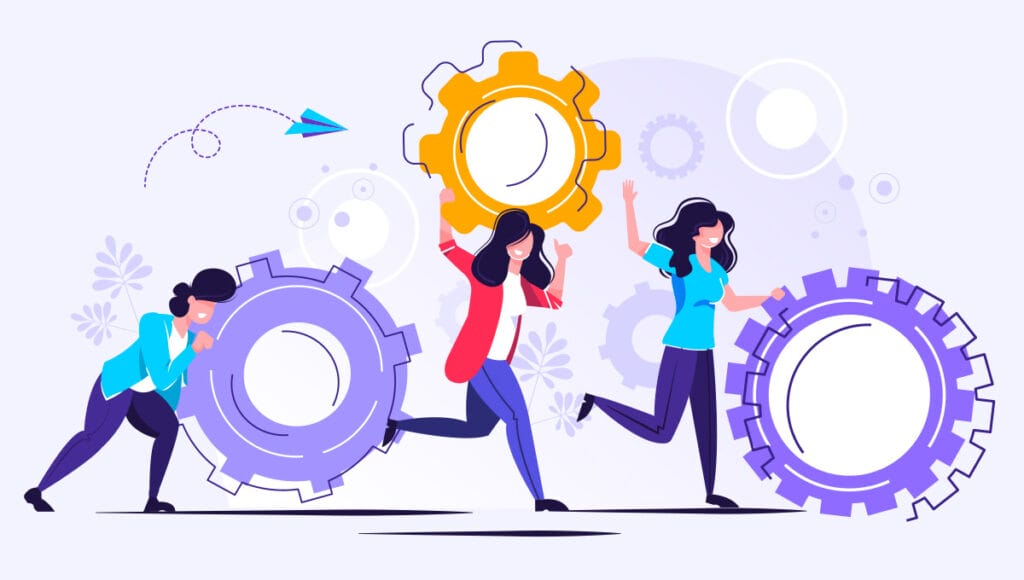
Building a Strategy for Continuous Learning
Now that you understand why continuous learning is a game-changer, let's delve into how to make it a reality in your business.
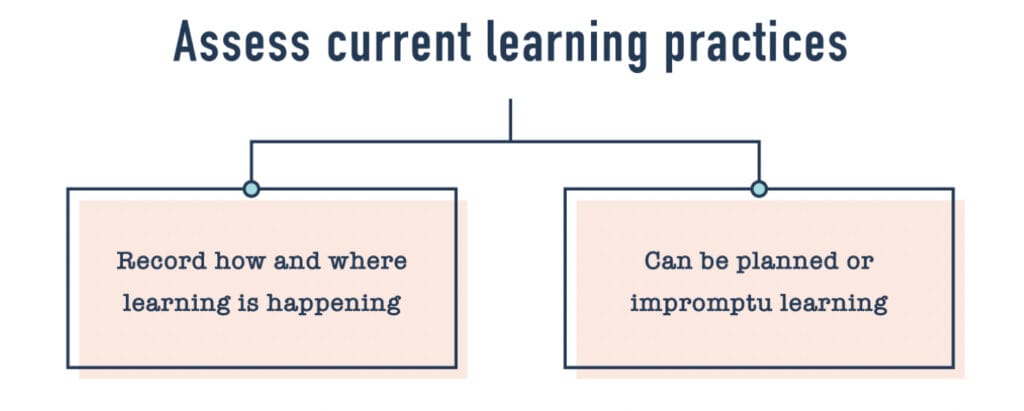
1. Assess Your Current Learning Practices
Start by understanding what learning activities are already happening within your organization. This could be formal training sessions or informal knowledge sharing during coffee breaks. Every bit of learning is valuable, so take note of it all.
2. Talk to Your Peers
To identify learning gaps and opportunities, reach out to your workforce, including both management and employees. Their insights are invaluable in building an effective strategy.

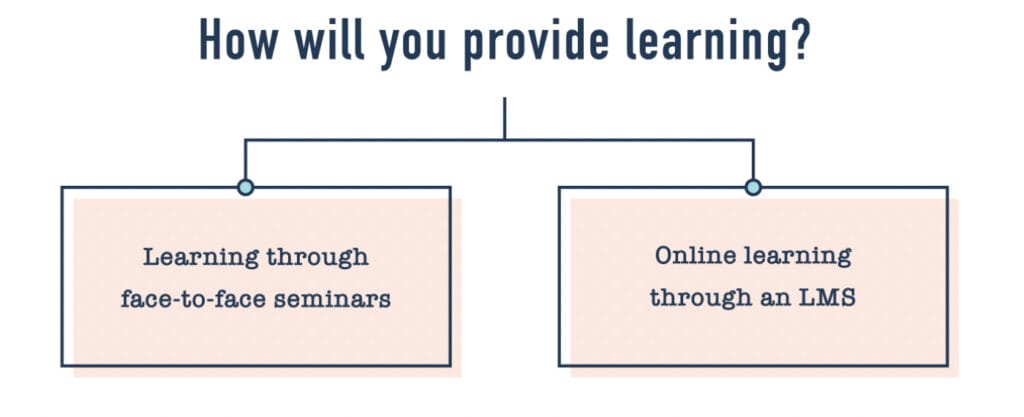
3. How Will Your Organization Provide Continuous Learning?
Choose the methods that work best for your business. Options include face-to-face seminars, online training with a learning management system, on-demand learning, or a blend of these approaches. Your choice should align with your team's location and availability.
4. Constant Learning from the Get-Go
To identify learning gaps and opportunities, reach out to your workforce, including both management and employeesStart fostering a culture of learning from the moment someone joins your organization. Employee onboarding is an ideal time to emphasize the importance of learning. This sets the tone for the entire journey.. Their insights are invaluable in building an effective strategy.
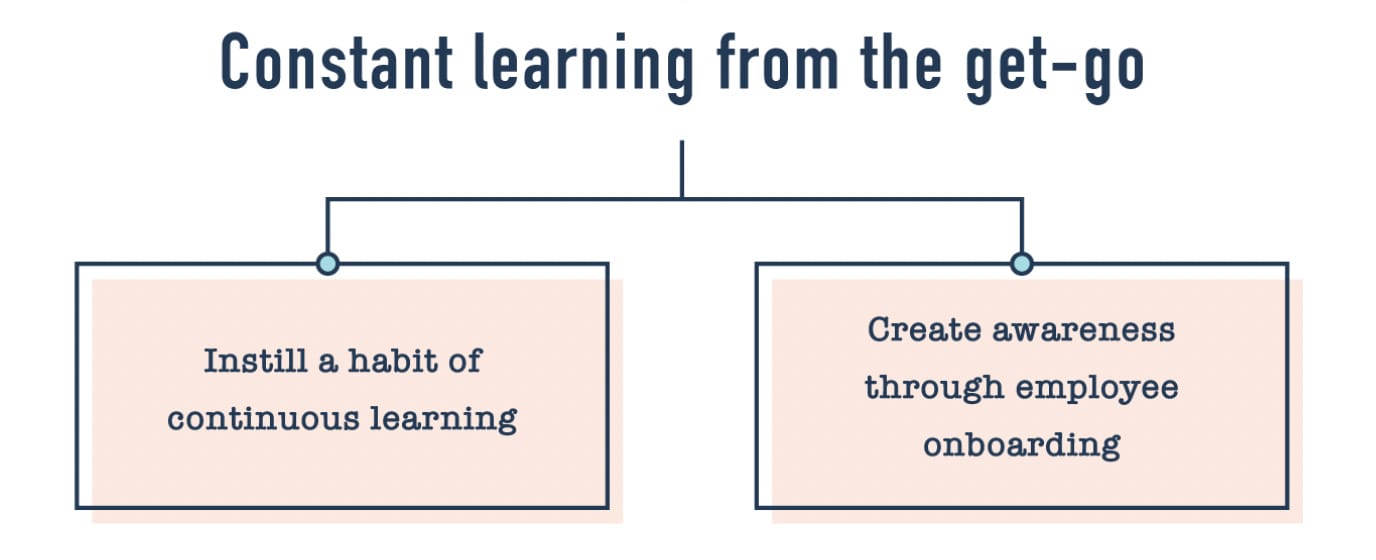
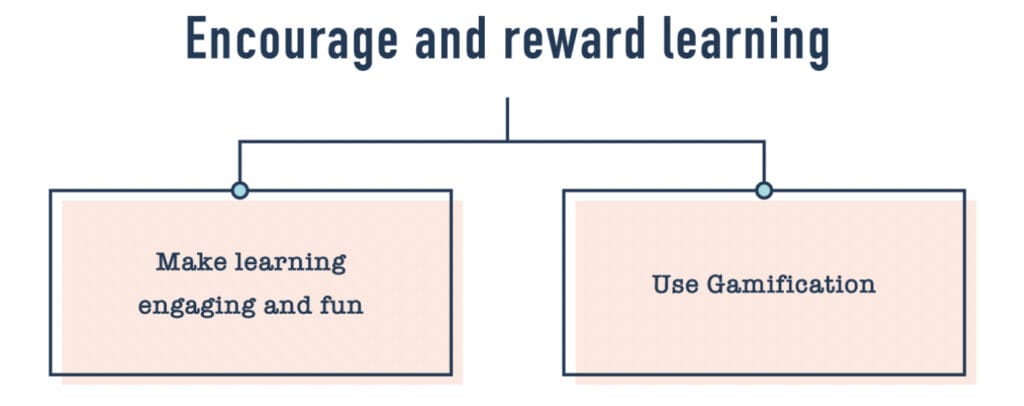
5. Encourage and Reward Learning
Introducing a culture of continuous learning can be a challenge, but incentives are a powerful motivator. Recognize and reward your top learners with prizes or gamify the learning experience. Continuous learning takes time to establish, but it's worth the effort.
By following these steps, you can create a learning culture that positively impacts your employees' productivity, retention rates, and your business's bottom line.
Have You Implemented Continuous Learning in Your Business?
We'd love to hear from you! Share your experiences and insights in the comments below. Continuous learning is a journey, and your story could inspire others to embark on this transformative path.

